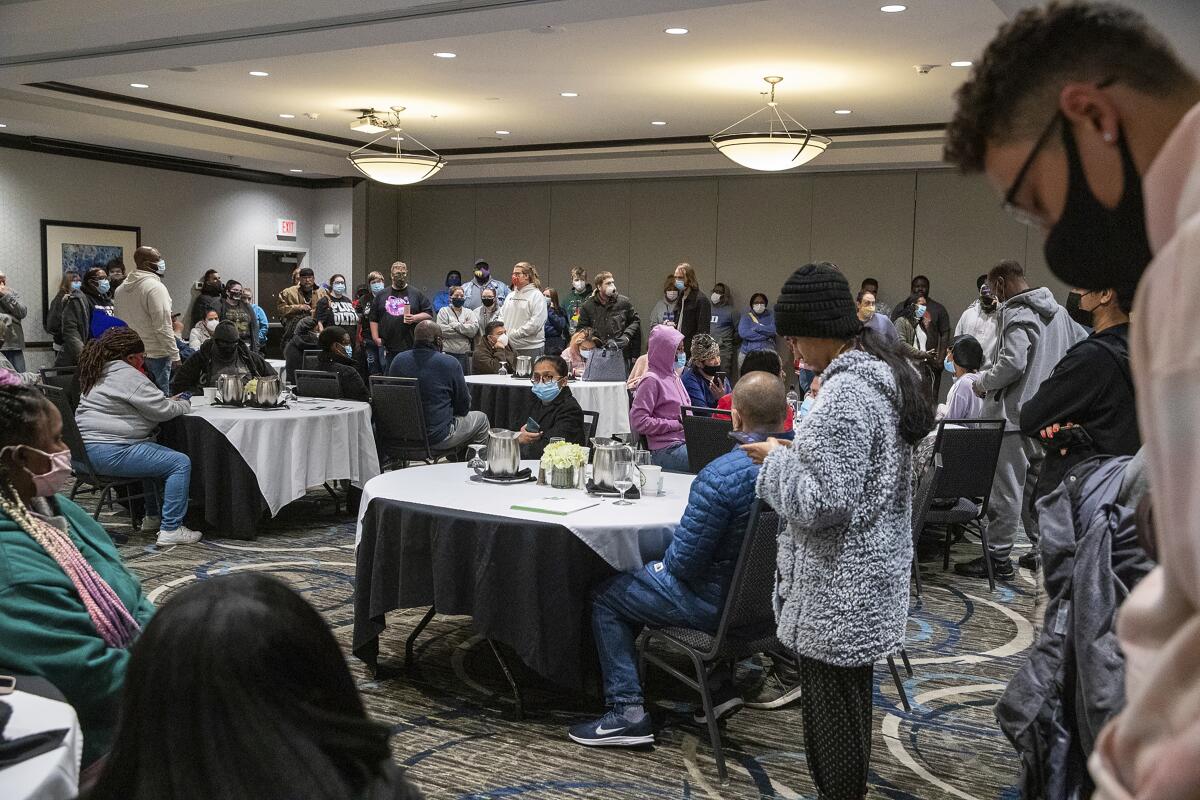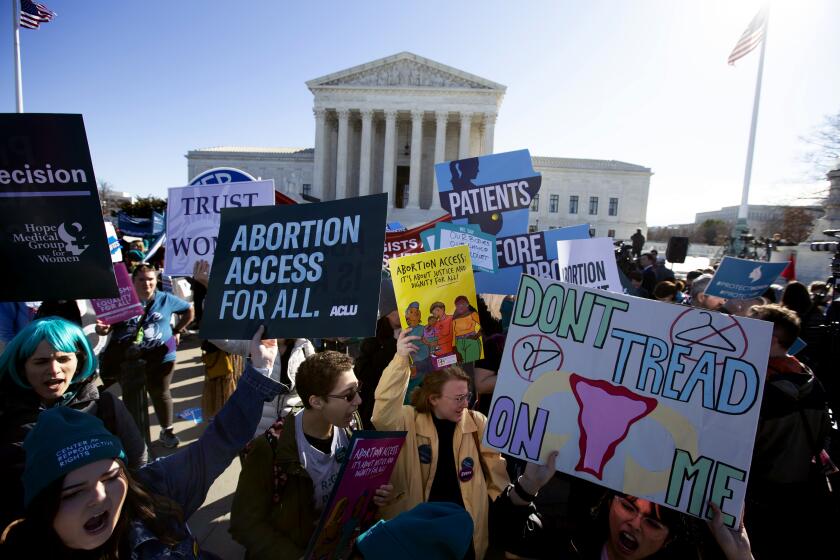Editorial: Mass killing in Indianapolis is a distinctly American story

The story is distinctly American. Eight people killed and at least five others wounded in a mass shooting at a FedEx work site near the Indianapolis airport.
Again.
Since the beginning of the year — that was 106 days ago — there have been at least 147 mass shootings in these United States, in which 176 people died and 579 people were wounded. Five of them took place in Indianapolis, with a total of 18 killed and 15 people wounded.
Mississippi made an important statement when it adopted a new flag, replacing a Confederate symbol. Then it declared April Confederate Heritage Month.
Those are just the big ones — incidents in which at least four people were wounded.
Of course, the vast majority of people killed and maimed by guns in this country aren’t victims of mass shootings. They die by the ones, twos and threes. Those deaths add up fast — so far this year, 5,408 people killed by someone else with a gun, and an estimated 6,996 people who shot themselves to death.
That’s more than 12,000 gunshot deaths, or 117 per day.
In just the 72 hours that ended Friday morning, the Gun Violence Archive recorded 297 shooting incidents, with 113 people dead and 196 people wounded.
That’s a lot of numbers. That’s a lot of dead bodies. That’s a lot of people scarred and traumatized by just a fraction of the more than 300 million firearms that are in private hands here in the United States.
Because, as the National Rifle Assn. and 2nd Amendment hard-liners tell us, a more armed America is a safer America.
Sure it is.
One of the latest frontiers in the assault on abortion rights is the attempt to police a woman’s reasons for getting an abortion.
One of the first steps in devising public policy is to understand the nature of the problem at hand. When it comes to gun violence, the problem is easy access to a firearm.
Yes, people pull the trigger. The reasons they pull the trigger are myriad — moved to violence by a mental crisis, by anger, by scheming calculation, by a thirst for retribution.
Those are all very human factors. Universal, in fact.
But access to personal arsenals is not. That is distinctly American.
So, too, it seems, is an inability to do something about it.
More to Read
A cure for the common opinion
Get thought-provoking perspectives with our weekly newsletter.
You may occasionally receive promotional content from the Los Angeles Times.












